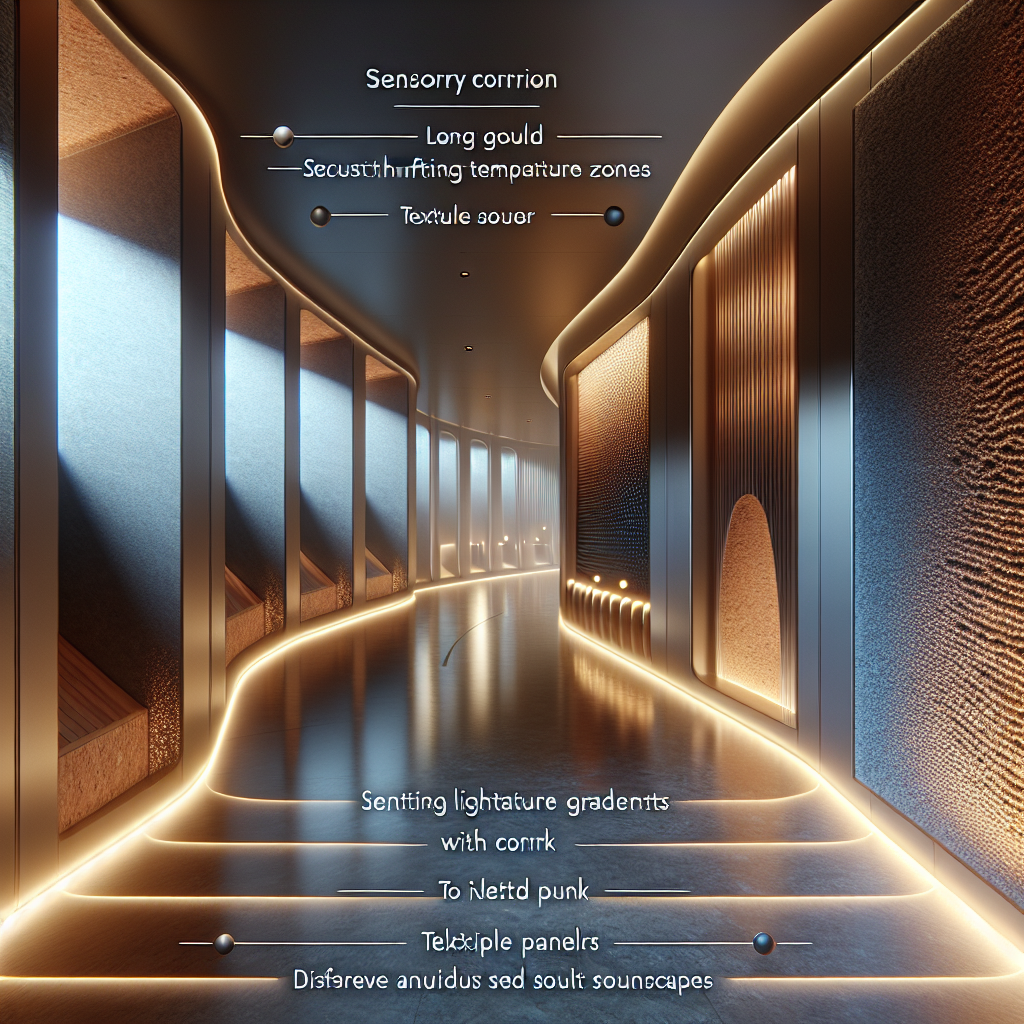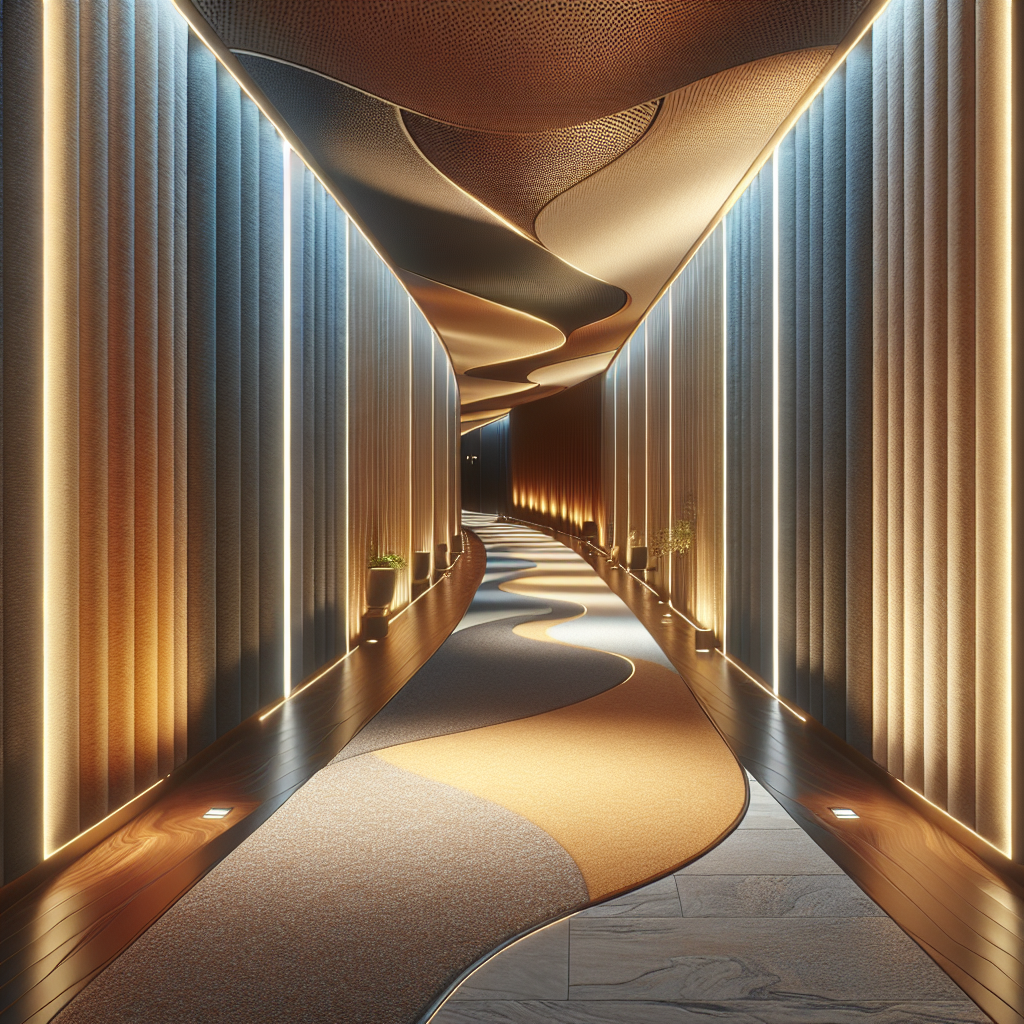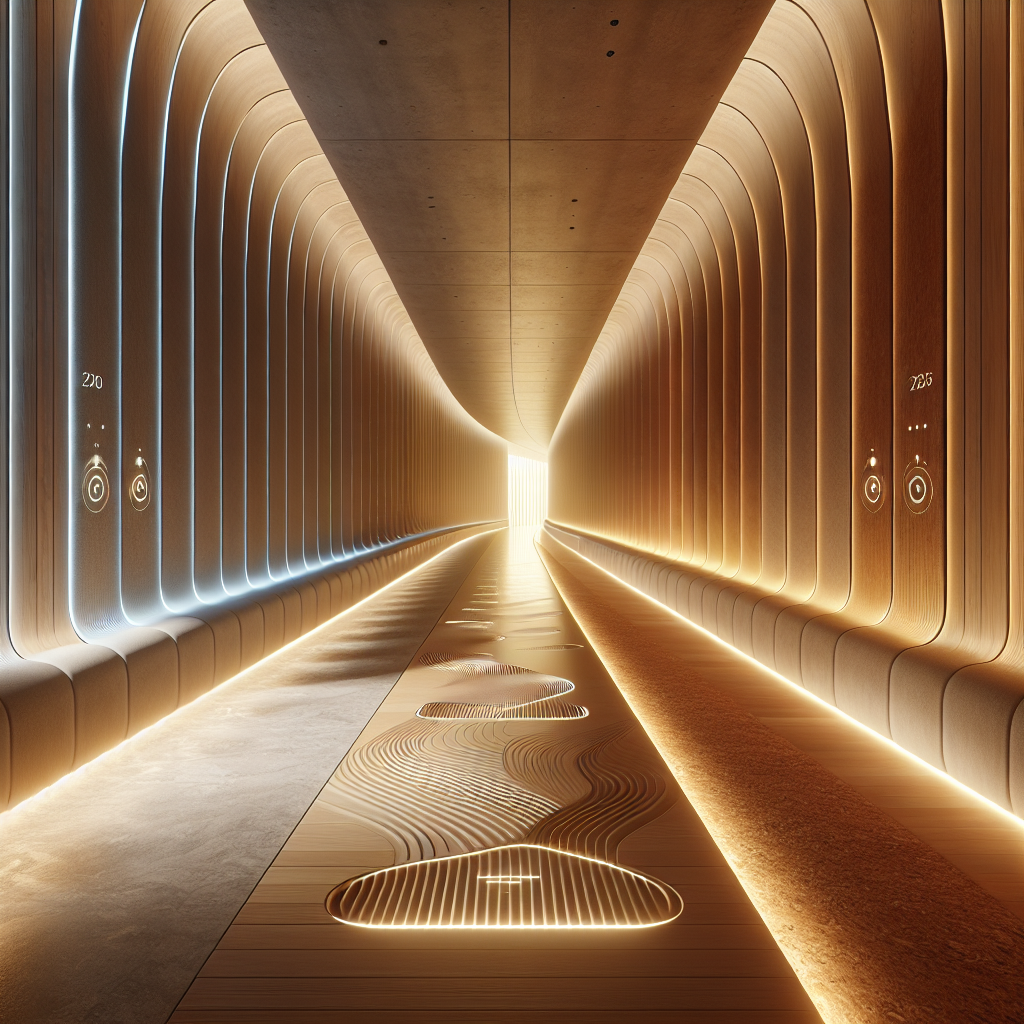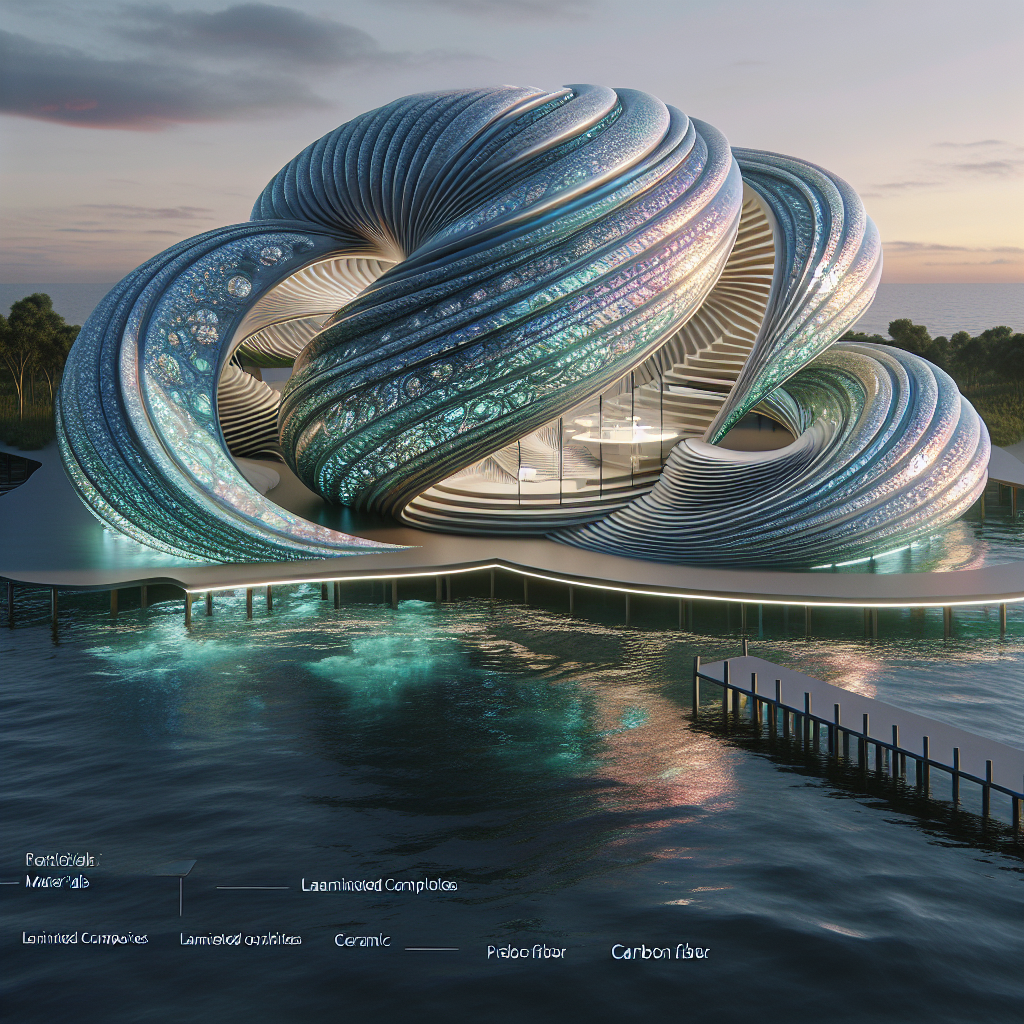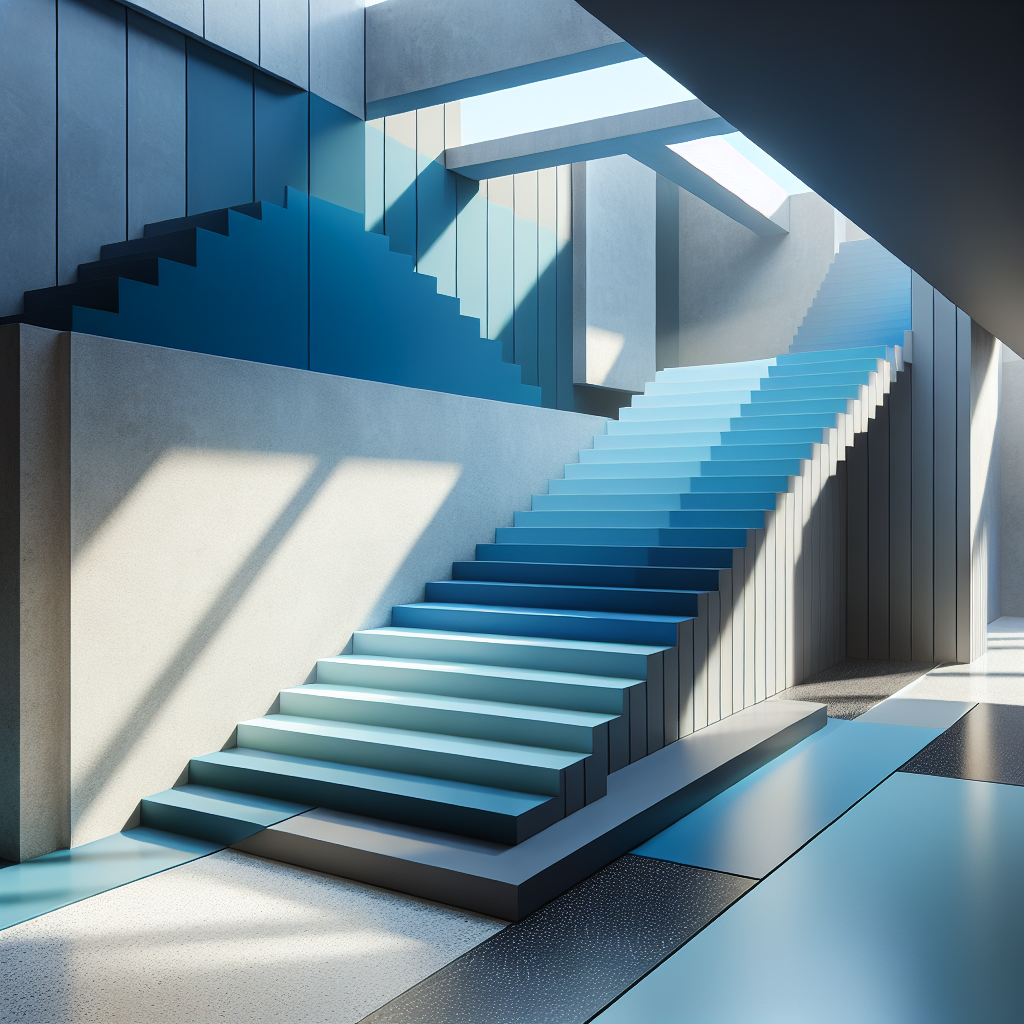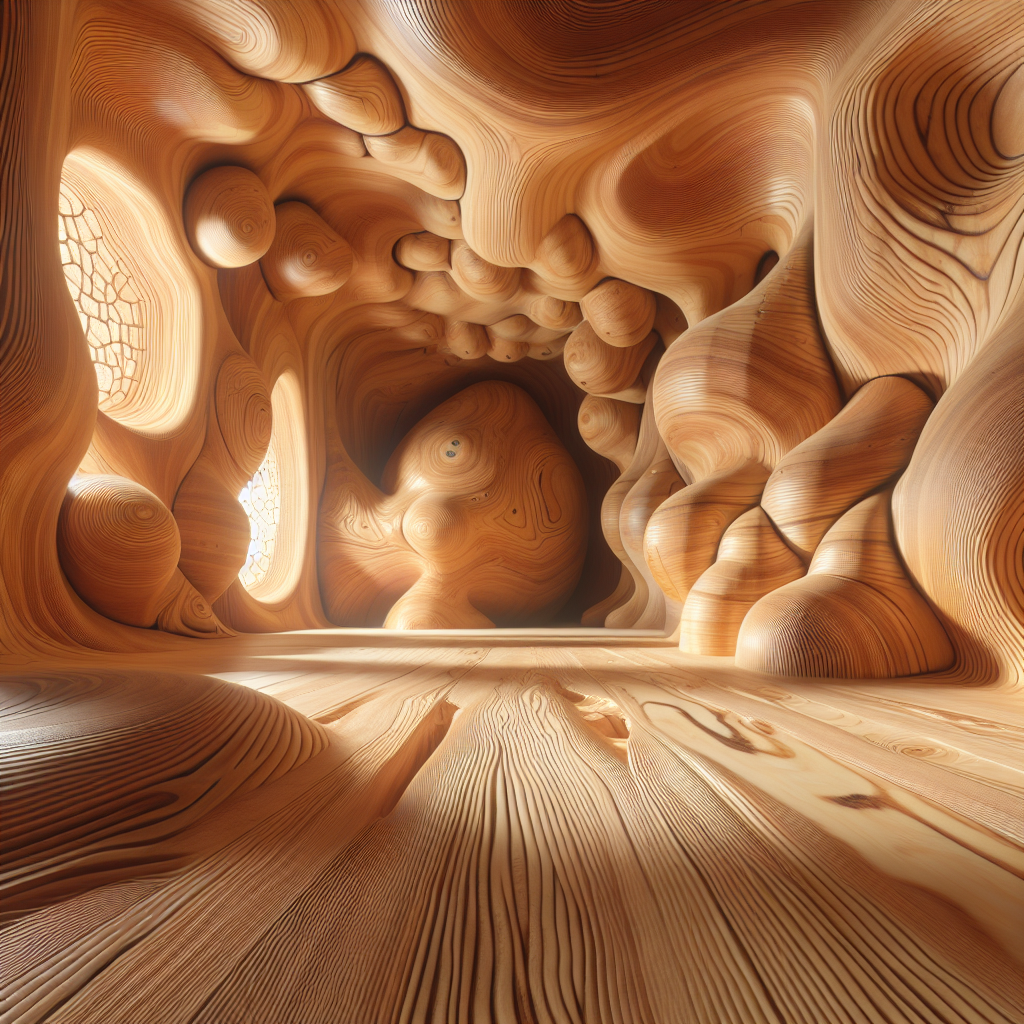Sensory corridor experiences: interplay of temperature sound and texture
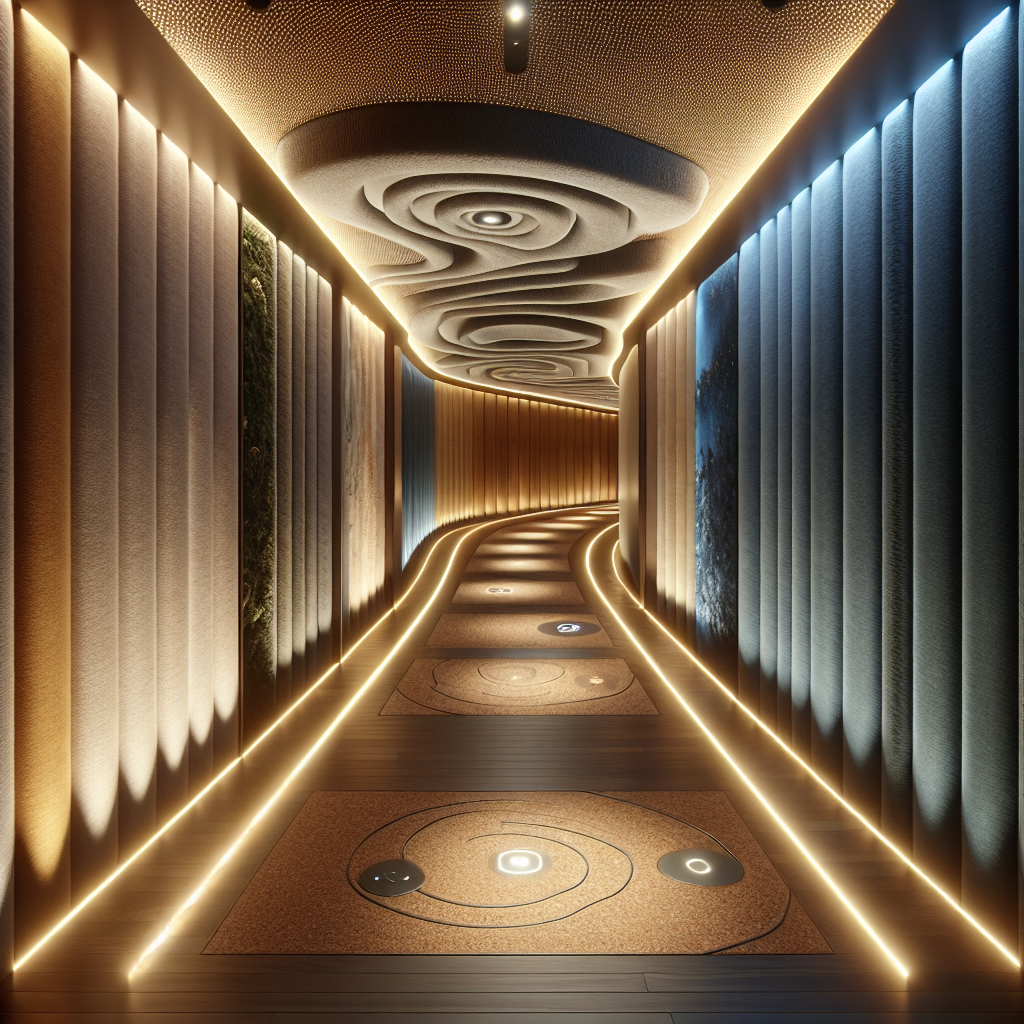
Sensory Corridor Experiences: The Interplay of Temperature, Sound, and Texture
Corridors have long been considered transitional spaces—functional arteries that connect rooms, galleries, or entire buildings. Yet in contemporary architecture and interior design, these passageways are no longer mere conduits. They are being reimagined as immersive sensory experiences, where temperature, sound, and texture converge to shape perception, mood, and memory. This evolution reflects a broader shift in design thinking: the recognition that the built environment is not only visual but deeply multisensory, capable of influencing human behavior and well-being.
The Rise of Sensory Architecture
Designers and architects are increasingly attuned to the science of environmental psychology, which demonstrates how sensory stimuli affect cognitive and emotional states. A corridor infused with subtle temperature gradients, acoustic modulation, and tactile surfaces can transform a simple walk into a narrative journey. This approach aligns with the growing interest in sensory design, where materiality and atmosphere are orchestrated to engage the whole body rather than just the eye.
As global design culture embraces biophilic principles and wellness-oriented spaces, corridors are becoming stages for experimentation. From healthcare facilities that use soundscapes to reduce anxiety, to luxury hotels where temperature-controlled hallways create a cocooning effect, the corridor is emerging as a frontier of sensory innovation.
Temperature as a Design Tool
Temperature is often overlooked in architectural discourse, yet it is one of the most immediate and visceral sensory experiences. Subtle shifts in warmth or coolness can evoke comfort, anticipation, or alertness. Corridors that integrate thermal zoning—for instance, a gradual cooling effect as one approaches a spa, or radiant warmth in a museum’s winter gallery wing—create a subconscious narrative of transition.
Recent advances in radiant flooring, thermochromic materials, and microclimate-responsive design allow architects to fine-tune thermal sensations. In Japan, experimental projects have used clay walls with embedded water channels to regulate humidity and temperature, creating corridors that feel alive, breathing with the seasons. Such designs echo ancient passive cooling strategies while leveraging modern technology for precision control.
The Sonic Dimension of Corridors
Sound is equally critical in shaping corridor experiences. Acoustics can either amplify stress—think of the sterile echo of a hospital hallway—or create a calming rhythm. Designers are now treating corridors as sonic landscapes, where material choices, spatial geometry, and integrated sound systems sculpt auditory experiences.
In corporate headquarters, corridors lined with acoustic baffles or felt panels reduce noise pollution, enhancing focus and well-being. Meanwhile, cultural institutions experiment with sonic architecture, embedding speakers that play curated soundscapes—rustling leaves, ocean waves, or subtle harmonic tones—that guide visitors through exhibitions. This not only enhances immersion but also supports wayfinding, as sound becomes a spatial cue.
Research in psychoacoustics shows that low-frequency sounds can induce calm, while higher frequencies can energize. By strategically layering these effects, corridors can subtly prime occupants for the experiences awaiting them beyond the threshold.
Texture: The Tactile Narrative
Texture is perhaps the most direct and intimate sensory element in corridor design. Underfoot, walls at arm’s reach, or even overhead surfaces can all invite touch and influence perception. A corridor clad in polished marble communicates grandeur and permanence, while one lined with rough-hewn timber suggests warmth and intimacy.
Contemporary designers are exploring tactile storytelling through material contrasts. In wellness centers, soft cork flooring transitions into cool stone, signaling a shift from relaxation to rejuvenation. In luxury retail, velvet wall panels paired with brushed metal handrails create a sensorial choreography that heightens anticipation before entering a flagship showroom.
Emerging materials—such as 3D-printed biopolymers, recycled textiles, and interactive surfaces—are expanding the palette of textures available. Some experimental corridors integrate upcycled textiles as wall coverings, offering both sustainability and tactile richness. Others use haptic feedback technology, where walls subtly vibrate or respond to touch, creating a dialogue between user and space.
Case Studies: Corridors as Experiential Canvases
1. The Louvre Abu Dhabi – The museum’s shaded passageways use filtered light, cool stone, and controlled airflow to create a sensory buffer between the desert climate and the galleries. Visitors experience a gradual thermal and acoustic transition, heightening the drama of entry.
2. Maggie’s Centres, UK – These cancer care facilities often feature corridors with natural textures, warm timber, and soft acoustics. The design intent is to reduce stress and foster a sense of safety, demonstrating how sensory design can directly impact health outcomes.
3. Boutique Hotels in Scandinavia – Corridors lined with wool felt, muted lighting, and radiant heating create cocoon-like atmospheres. Here, the corridor is not just a passage but a prelude to the intimacy of the guest room, echoing the Nordic tradition of hygge.
Designing for Memory and Emotion
What makes sensory corridors compelling is their ability to imprint memory. Studies in multisensory integration reveal that experiences involving multiple senses are more likely to be remembered. A corridor that feels cool, resonates with soft sound, and invites touch becomes more than a path—it becomes a story etched into the visitor’s mind.
This has profound implications for branding, hospitality, and cultural institutions. A hotel that invests in sensory corridors creates lasting impressions of luxury and care. A museum that curates sonic and tactile passageways enhances visitor engagement. Even workplaces can benefit, using sensory design to reduce stress and improve productivity.
The Future of Sensory Corridors
Looking ahead, the integration of AI and responsive systems will further personalize corridor experiences. Imagine hallways that adjust temperature based on occupancy, play soundscapes tailored to circadian rhythms, or shift textures through programmable materials. These innovations echo the broader trajectory of responsive architecture, where spaces adapt dynamically to human needs.
At the same time, sustainability remains a critical driver. The use of reclaimed materials, passive thermal strategies, and low-energy acoustic systems ensures that sensory corridors are not only experiential but also environmentally responsible. This balance between innovation and ecological mindfulness reflects the design industry’s evolving ethos, as seen in movements toward circular economy design and net-zero construction.
Final Thoughts
The corridor, once dismissed as a utilitarian necessity, is now a stage for sensory choreography. By weaving together temperature, sound, and texture, architects and designers are transforming these liminal spaces into immersive journeys that shape perception, emotion, and memory. For the discerning design professional, the challenge lies not in adding more stimuli, but in orchestrating them with precision and restraint—crafting corridors that resonate as both functional and poetic.
